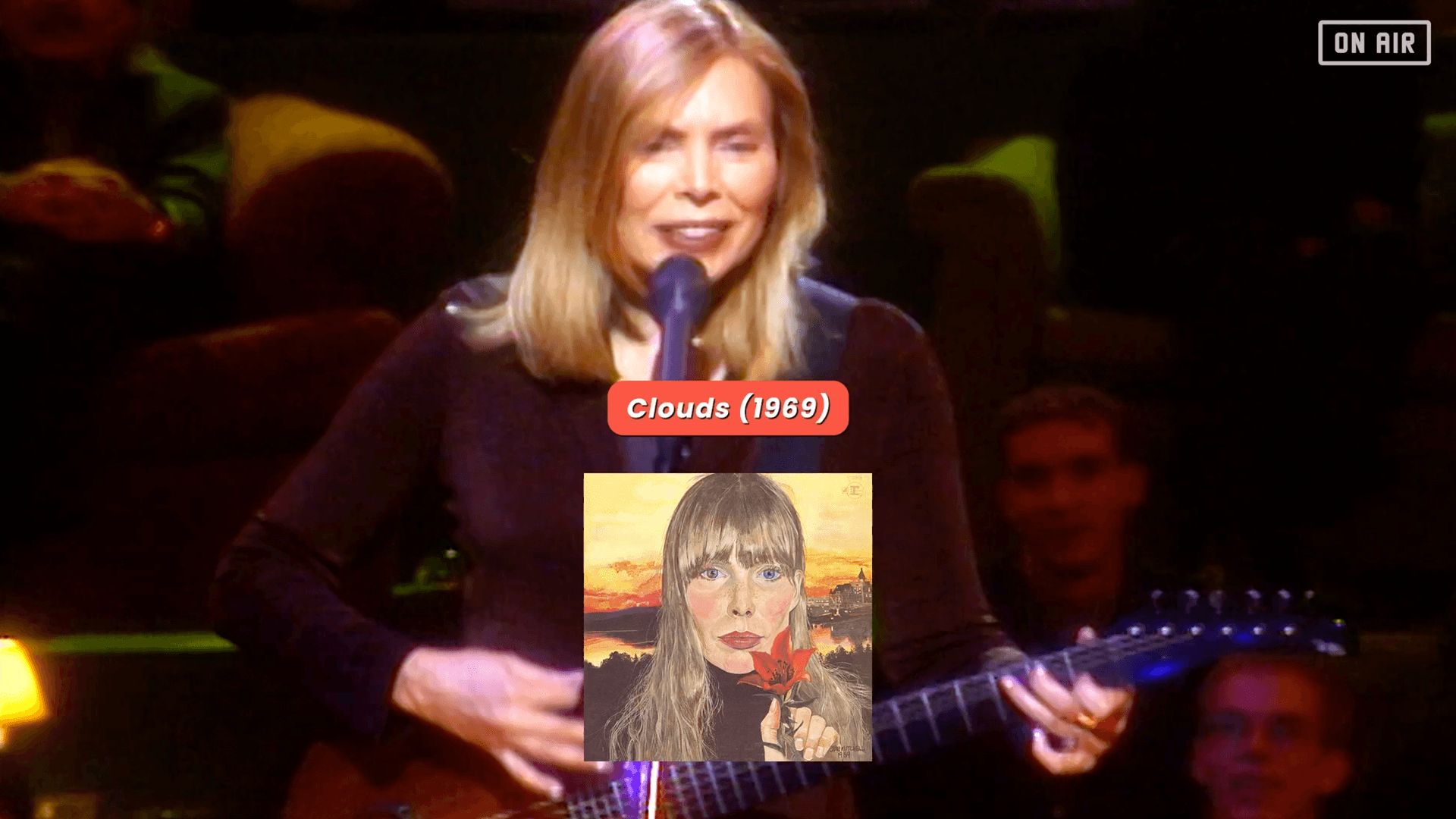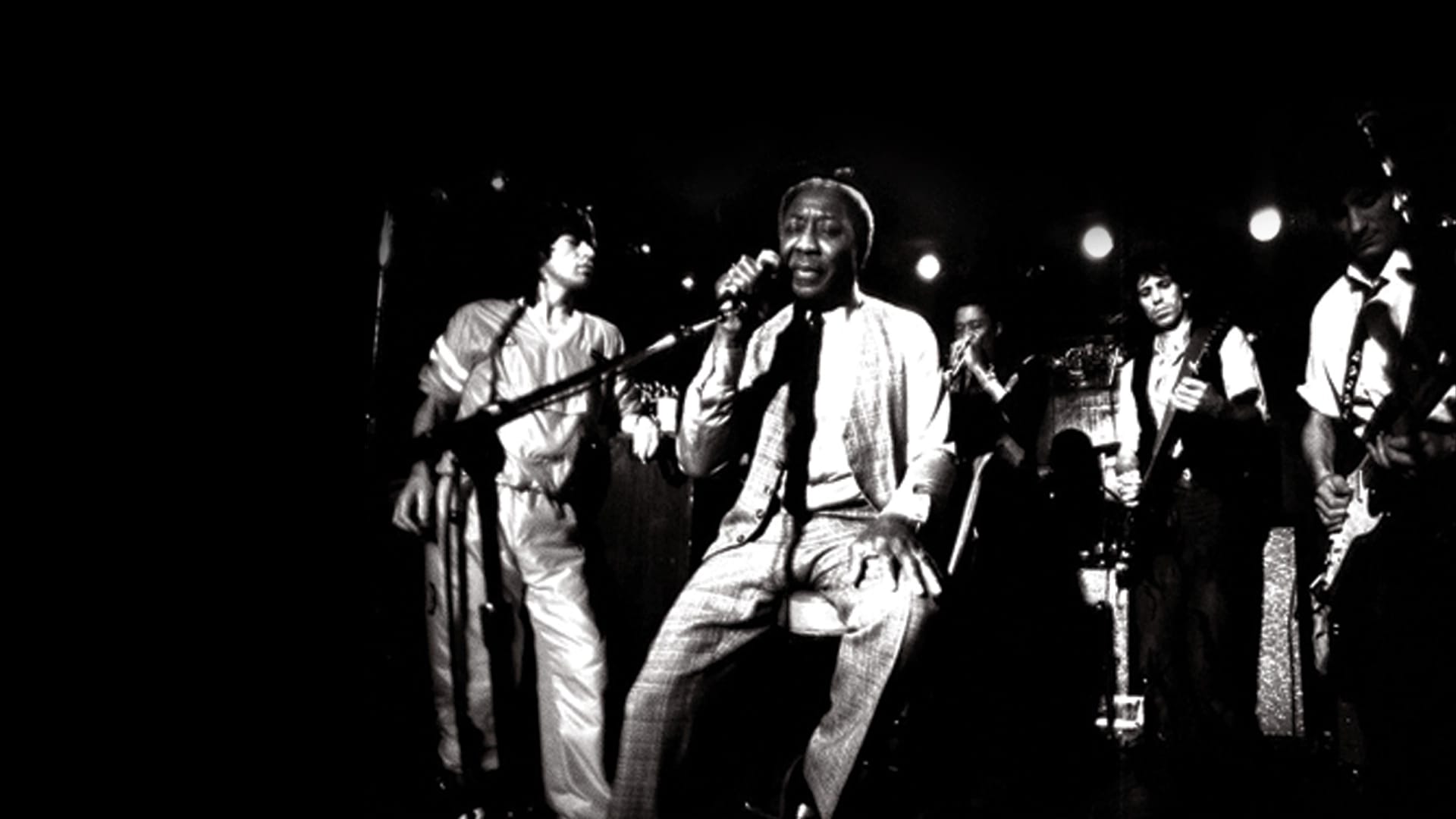Joni Mitchell: Fusing Art with Music
In the early 1970s, Joni Mitchell carried a sketchbook everywhere she went. In the foreword to her 2019 collection of drawings and song lyrics, ‘Morning Glory on the Vine’, she reflected, “The drawings were becoming more important to me than the music at that time”.
Even by then, her artwork had already played a starring role in her career - her debut album, ‘Song to a Seagull’, featured an original illustration, while a self-portrait graced the cover of 1969’s ‘Clouds’. Many of Mitchell’s (Van Gogh, Rembrandt, and Picasso-inspired) paintings and self-portraits would appear on her album covers in the following years.
"I sing my sorrow," Joni said in 2000, "and I paint my joy". Just as her lyrics have a diary-like intimacy, her art reflects the dreams and desires of the woman who created them. Here’s a roundup of her most significant works.
Song to a Seagull (1968)
At 23, Joni’s debut album ‘Song to a Seagull’ is perhaps her most psychedelic and eccentric cover art, a stark contrast to the dark, intimate and stripped-back tones of her early songwriting (note ‘If Had a King’, which lays bare her then-broken relationship).
With vibrant, 60s-inspired colours, paisley accents, bold florals, and swirling, wavy brushstrokes, it gently sets the scene for the trademarks dotted throughout Mitchell’s artworks and anticipates future releases.
Clouds (1969)
‘Clouds’ is the first Joni album to feature a self-portrait. The shadow-cast painting presents a freckled and unsmiling Mitchell holding a prairie lily (the floral token of Saskatchewan) against a butterscotch-toned, sun-soaked landscape, capturing the weighty notes of the album’s tracks ‘Roses Blue’, ‘Chelsea Morning’, and the iconic ‘Both Sides, Now’.
The latter lyrics, "Rows and flows of angel hair / And ice cream castles in the air", - are soon transformed into something more negative: "But now they only block the sun / They rain and snow on everyone".
Ladies of the Canyon (1970)
‘Ladies of the Canyon’ depicts a simple line sketch of Joni’s distinctive features fused with a bold representation of her 1970 home, Laurel Canyon (in Los Angeles). The artwork echoes homespun freedom and creativity, with many of Michell’s contemporaries – such as Carole King and James Taylor - residing nearby.
The record took on a complex, hopeful, and sophisticated approach with more sound textures, ‘Morning Morgantown’ is almost indecently pretty, a storybook portrait of idealised smalltown life – as it goes, “all bright smiles” "coloured rings" and "tea and lemonade" while half the tracks feature Mitchell’s stand-alone voice with her solo instrumentals as a form of deep-cut expression.
The Hissing of Summer Lawns (1975)
Like ‘Ladies of the Canyon’, Mitchell’s home is visible on the ‘The Hissing of Summer Lawns’ cover but depicted in an urban, moss-green vista - Black figures carry a snake, their facial features disguised against the city skyscrapers.
Joni explores the repressions behind the manicured gardens of the super-wealthy through the 10 musical pieces (notably her Henri Rousseau-inspired jazz song ‘The Jungle Line’) – at times melancholy, graceful, fine-woven and inscrutable.
The work was inspired by photojournalist Wolf Jesco Von Puttkamer’s photograph of seven members of the Kreen-Akrore tribe of Amazonian hunters carrying an anaconda to their village (National Geographic, 1975).
Mingus (1979)
Looking at Joni’s artworks, ‘Mingus’ is the one most deeply intertwined with the music created. Collaborating with Charles Mingus (shortly before he died in 1979), Mitchell’s songwriting conveyed the jazz legend’s avant-garde ideas, and she sought to understand the man himself, as told in the tracks ‘God Must Be A Boogie Man’ and the beautifully profound ‘A Chair in the Sky’.
Abundant Decline, the cover’s abstract portrait of the bassist, took Mitchell four years to paint, from conception as a faded misogynistic male figure to the final haunted female dancer. When ‘Mingus’ was released in 1979, Joni reflected “I’ve always done much more commercial covers – by that, I mean to distinguish it from my very personal, private painting. It’s the first time I decided to put that out because it seemed to suit the music”.
Turbulent Indigo (1994)
One of Joni’s most iconic covers features herself reimagined as Vincent Van Gogh, framed with the famous bandaged ear. Hypocrisy has often been a theme within Joni’s music (note ‘Hissing of Summer Lawns’, and she uses the Dutch painter to explore it further on ‘Turbulent Indigo’ – the album’s titular track.
As a colour and premise, turbulent indigo could be applied to everything from a bruise on a face to a storm gathering in a Van Gogh sky. "Let me speak," Mitchell sang towards the album's end, "let me spit out my bitterness".
Painting With Words and Music - Concert (1998)
In Joni’s rare and intimate show Painting with Words and Music (available to stream On Air with unlimited replays, FYI), she fuses a gallery of her paintings and self-portraits with her performance. Songs such as ‘Big Yellow Taxi’, ‘Woodstock’, ‘Turbulent Indigo’, ‘Harry’s House’, and ‘The Magdalene Laundries’ tell a story packed with love, freedom, heartbreak, and the human experience.



